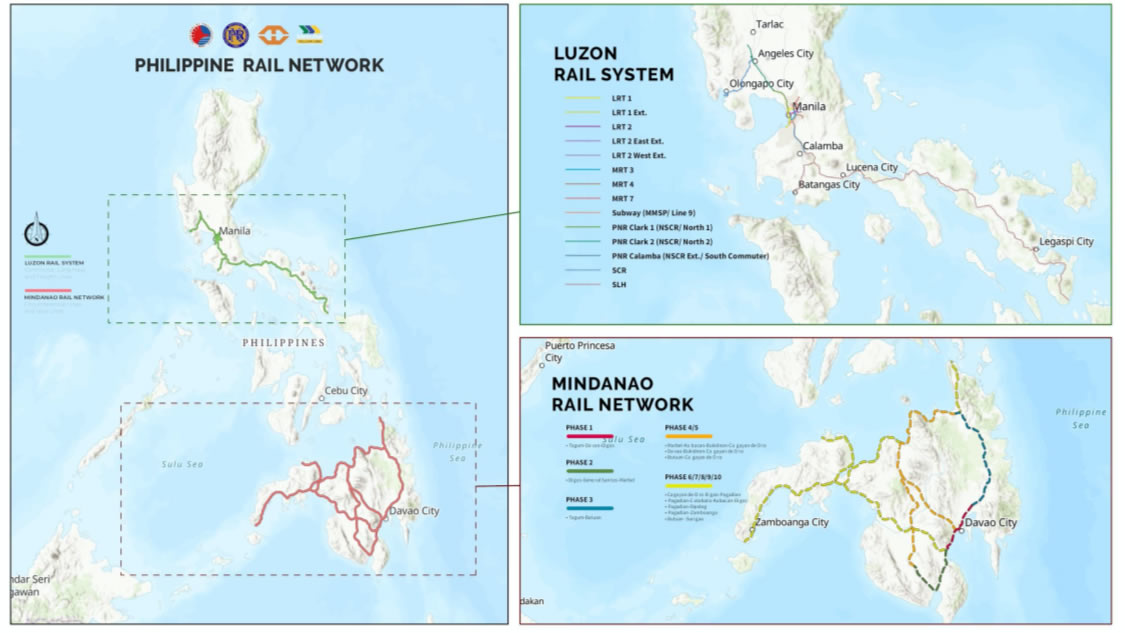Renaissance: DOTr works to bring back the glory days of Philippine railway system

(photo: DOTr)
The Department of Transportation is pushing for what it described as renaissance of the Philippine railway sector in a bid to improve the mass transportation in the country that now includes the Metro Manila Subway Project.
DOTr Secretary Jaime J. Bautista said they have been regularly discussing the railways plans in the country with Japan International Cooperation Agency (JICA) for the application of technology and other modern concepts of major railway projects.
During a bilateral meeting between the DOTr, JICA and the Japanese Ministry of Land Infrastructure Transport and Tourism, Bautista said concepts and ideas raised at the meeting should be brought to the frontlines of rail projects such as depots, stations and rail lines.
“The challenge is to extract from today’s discussions how best to bridge the gap between our vision of an ideal rail industry and current status of our rail system operations,” Bautista said.

LRT Rail System (photo: DOTr)
The assistance of the Japanese government’s cutting-edge technology will keep the Philippines’ railway lines modern and at par with other countries’ rail lines,” he added.
Bautista said the Philippines’ 30-year railway master plan being crafted “must serve as a springboard” for discussions towards sustainable operations of the Metro Manila Subway, NSCR, MRT-3 and other upcoming rail systems.
The glory days of the Philippine railways system started in the 1890s under the Spanish government and was later expanded when the Americans arrived.
That was the time when the railway services reached as far as La Union in northern Luzon down to Albay province in southern Luzon.
The improvement of the railway system was stalled during World War II and further deteriorated later, with the Manila-Bicol region under the Philippine National Railways left.
Currently, the Philippines only have 76.9 kilometers of operational railways, according to the DOTr.
But Bautista said the government targets to build and lay the groundwork for approximately 1,200 kilometers of railways by 2022 and beyond, which will benefit around 4.5 million passengers per day.
These projects include the North-South Commuter Railway System from Clark to Manila and will connect to the PNR Long Haul project from Manila to Sorsogon with a spur line to Batangas City.

Mindanao Rail Network (photo: DOTr)
Other projects include the Subic-Clark Railway, the Metro Manila Rail Network that includes the subway system and the Mindanao Rail Network.
To achieve what he described as the renaissance of the Philippine railway sector, Bautista said the government must partner with the private sector to maintain its sustainable operations.
“We must focus on sustainable operations, which requires the collaboration of government and private operators,” said Bautista.